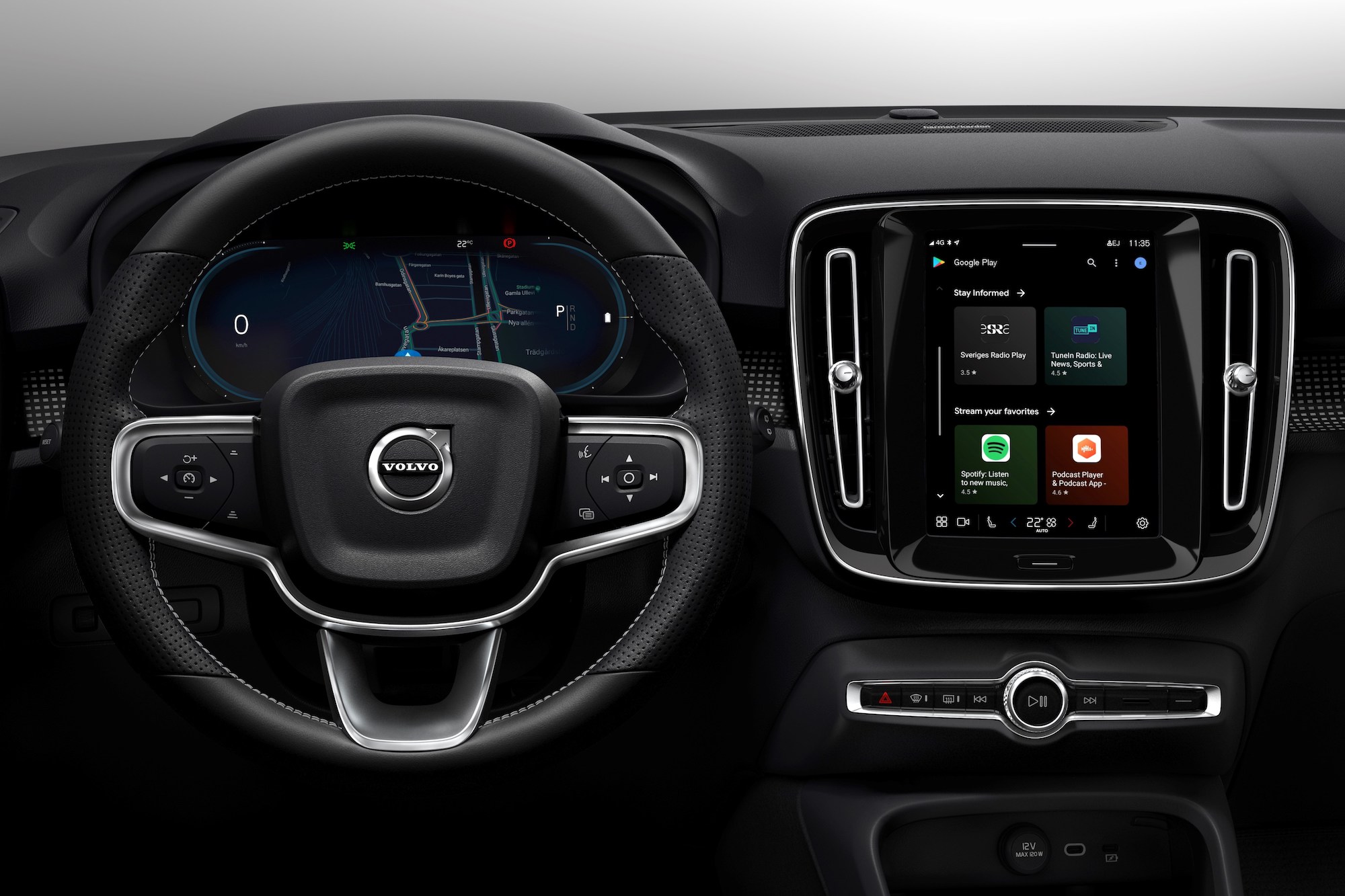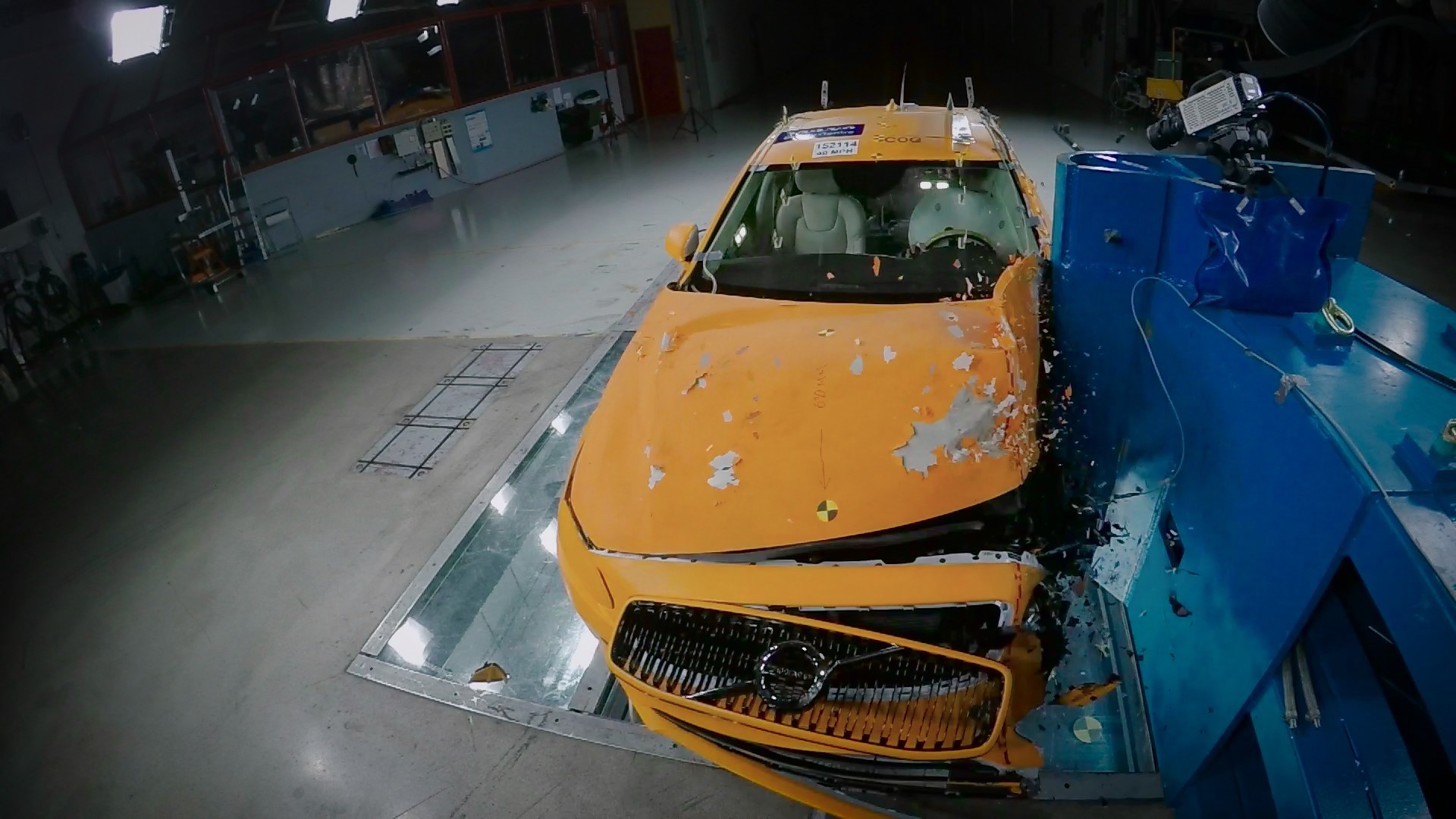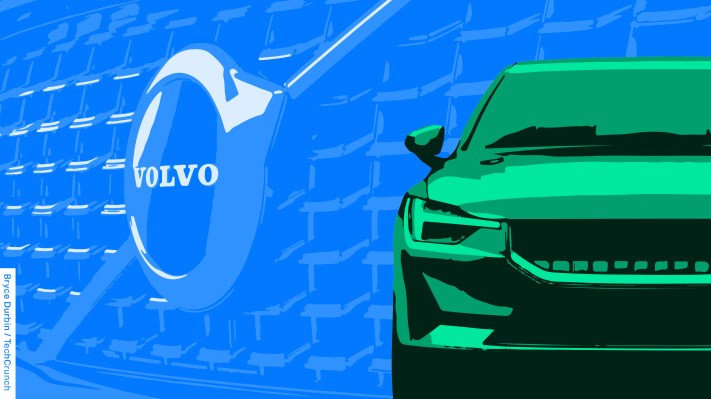Security in modernity cars are no longer just a matter of engineering. It’s a technological and design challenge that relies on sensors and software and relies on a clear and intuitive user experience for drivers.
So how does Volvo, a company synonymous with safety, convince its customers that it is innovative, forward-thinking and agile without dropping its core safety message? The stake: either Volvo keeps pace with change in this new world, or it risks its reputation as the car manufacturer most identified with safety.
Clues as to how Volvo intends to reach this rapidly evolving, innovative but sure sweet spot can be found in its approach to the IPO – it takes the traditional route of the IPO – and its future vehicle projects. In contrast, its spin-off, Polestar, went public through a merger with a blank check company and tried to position itself as an agile leader in technology and design.
Polestar’s approach inadvertently helps distinguish Volvo as the more conservative leader in safety. It also sets Volvo apart, but with access to the latest innovations proven on Polestar models.
“I think what we’re seeing is an industry transformation like we did in the mobile industry a while back, where new capabilities, new possibilities, new sensors are coming in, so I think it’s a really interesting area, â€said Thomas Stovicek, Volvo user experience manager. “At the same time, it can bring a lot of complexity to the user. So when we talk about user experience very often we are talking about ease of use for a customer and understanding the issues when you put them in the environment of a car.
But even a brand considered to be the avant-garde when it comes to safety can have setbacks. The security of modern vehicles extends beyond the car to the vast amounts of data required to operate these systems. Volvo announced on Friday that some of its research and development data had been stolen as part of a security breach. The company was quick to respond to the safety concerns in a statement: “Volvo does not see, with the information currently available, that this has an impact on the safety or security of its customers’ cars or their personal data. . “
Olaf vs. Elsa
Polestar takes a different course when it defines the corporate identity, Volvo is “focused on safety and autonomy”, while Polestar is “centered on technology and performance”. Volvo is also “safe and responsible” and Polestar is “sustainable and progressive”.
Polestar is cool and minimalist; being in a Volvo is more like a warm safety blanket. To continue on the Scandinavian metaphor, think about the plot of Frozen: Volvo exudes the heartwarming allure of Olaf while Polestar pioneers Ice Queen Elsa.
Volvo’s strategy has been to proceed with caution, which runs counter to the evolution of its sister brand Polestar.
For example, even though Volvo was involved in the development of the Android Automotive operating system with Google, the Polestar brand first introduced the system and then made headlines like “Polestar wants to make electric cars fromâ€. a way Volvo cannot â€.
Polestar, as a newcomer, is still relatively small, selling around 10,000 vehicles per year to the half-million Volvos, and looking to make a name for itself.
“Polestar is and will be the technology leader of the larger group,” a Polestar spokesperson wrote in an email. “A good example already in the market is Google’s infotainment system: it debuted on Polestar 2 first; Volvo then followed with XC40 Recharge and now XC60. You will see more of this in the years to come with the deployment of new technologies – Polestar first, then Volvo. “
Image credits: Kirsten korosec
Lightening of the load
Contrary to Polestar’s forward-thinking message, when it comes to customer-centric technology, Volvo has shifted the in-car experience to less is more. This system is also supported by the advent of Android Automotive OS.
Volvo wants the system to lighten the cognitive load on the driver and employ behavioral psychologists in its research team to understand how information varies from person to person.
“I think at a high level we’re trying to simplify that complexity and deliver it to users in some way,†Stovicek says. “There is a lot more that can be done. Collision free is something we’re looking for and I think there are a lot of cool things to do with the new abilities coming to platforms.
That means fewer ringing, buzzing, and distraction notifications, unless they’re used to alert the driver of an emergency. A Volvo spokesperson said: “This is not about hiding features per se, but about simplifying the user experience and minimizing driver distractions.
Volvo Cars designs and develops everything around the person who uses it – not around technology – and strives to make the user experience as intuitive as possible.
For years, as screens crept into cars, automakers tossed the kitchen sink into their infotainment control suite. When Volvo first introduced the XC90, it was among the first group of car manufacturers to make the screen standard using the older Sensus operating system. The brand is now working to further distill the information it presents to the driver. They tasked NVIDIA with collecting anonymized security data on lidar sensors, radars, and entry cameras that require graphics processing to improve their understanding.

All-electric Volvo XC40 introduces all-new infotainment system
During recent driving of the Volvo XC60, I noticed that the infotainment screen was both streamlined and brighter than the last generation. I also noticed that the wireless charging system did not activate easily. I had to open settings to activate it. Less choice on the immediate screen is the antithesis of new cars over the past decade.
For decades Volvo has doubled its reputation by making the safest vehicles on the road. When Volvo claims its safety record, it is a reputation that has been earned through the company’s groundbreaking R&D.
In 1959, it was seat belts. In 1972, the rear-facing car seat, followed by a booster seat in 1978. Side crash protection was introduced in 1994. Collision avoidance and then pedestrian protection followed in 2008. In the same year, Volvo set a goal that no one was seriously injured in their cars. In 2021, the National Highway Traffic Safety Administration’s New Car Rating Program awarded 11 Volvo vehicles the highest safety rating.
Hands free
What automakers are faced with is their customers’ desire to effectively bypass their in-car system using the least safe aspect of driving: personal smartphones. Volvo prioritizes how to keep devices out of the reach of consumers.
“The users were using their mobile phones in order to get certain features that we didn’t provide in the car that created an unsafe environment and we wanted to avoid that,†said Annika Adolfsson, deputy director of UX and events at Design Volvo Cars. .
This solution has been integrated into the Android Automotive architecture to accommodate third-party applications and a platform that can be used safely while driving.
Volvo has worked with the Android, Google Maps, Google Assistant and Google Play Stories teams, and the results are displayed in a simple and clear experience. “What’s more interesting about the products we’ve developed is that it’s a platform that will live on for a long time,†says Adolfsson.
Volvo also addresses future safety by intervening as soon as the driver gets into the vehicle.
“We tried to think about how this experience of someone entering the car for the first time and how can we help it,†Adolfsson said. “In our previous cars, we had to find the settings. “
Safety first

Volvo S90 small overlap crash test Image credit: Volvo
All too often, examples emerge that show that safety and technological advancements are not always congruent, especially when human judgment is involved.
Here’s where things get sticky. Search for “Tesla and Autonomous Driving Accidentâ€. Despite Tesla’s reputation for taking risks, it hasn’t undermined the company’s astronomical value. (It’s worth adding that Tesla still scores high when it comes to crash safety with the Model 3.)
Tesla and Volvo, like all automakers, are in a sprint to incorporate more ADAS functionality into future products in order to be at the cutting edge of technology. But the integration of new technologies is not always aligned with consumer confidence and the general feeling of being safe.
According to a recent study by the AAA Foundation for Road Safety, only one in ten drivers would feel comfortable in a fully autonomous vehicle.
On its website, Volvo says: “Recent consumer surveys show that Volvo is the most reliable automaker for introducing safe range. The company writes that it only has a few years left for a fully autonomous vehicle.
What Volvo is betting on is that it can convince its customers that it can be both early and safer than ever for autonomous driving systems, while also convincing consumers that it can be a manufacturer. of leading electric vehicles. To get there, we must proceed with caution and for good reason.
Of course, this thinking begs the question: why must the technology that will ultimately make roads safer first have to be called technology? It’s an interesting conundrum of what it means to play it safe.

